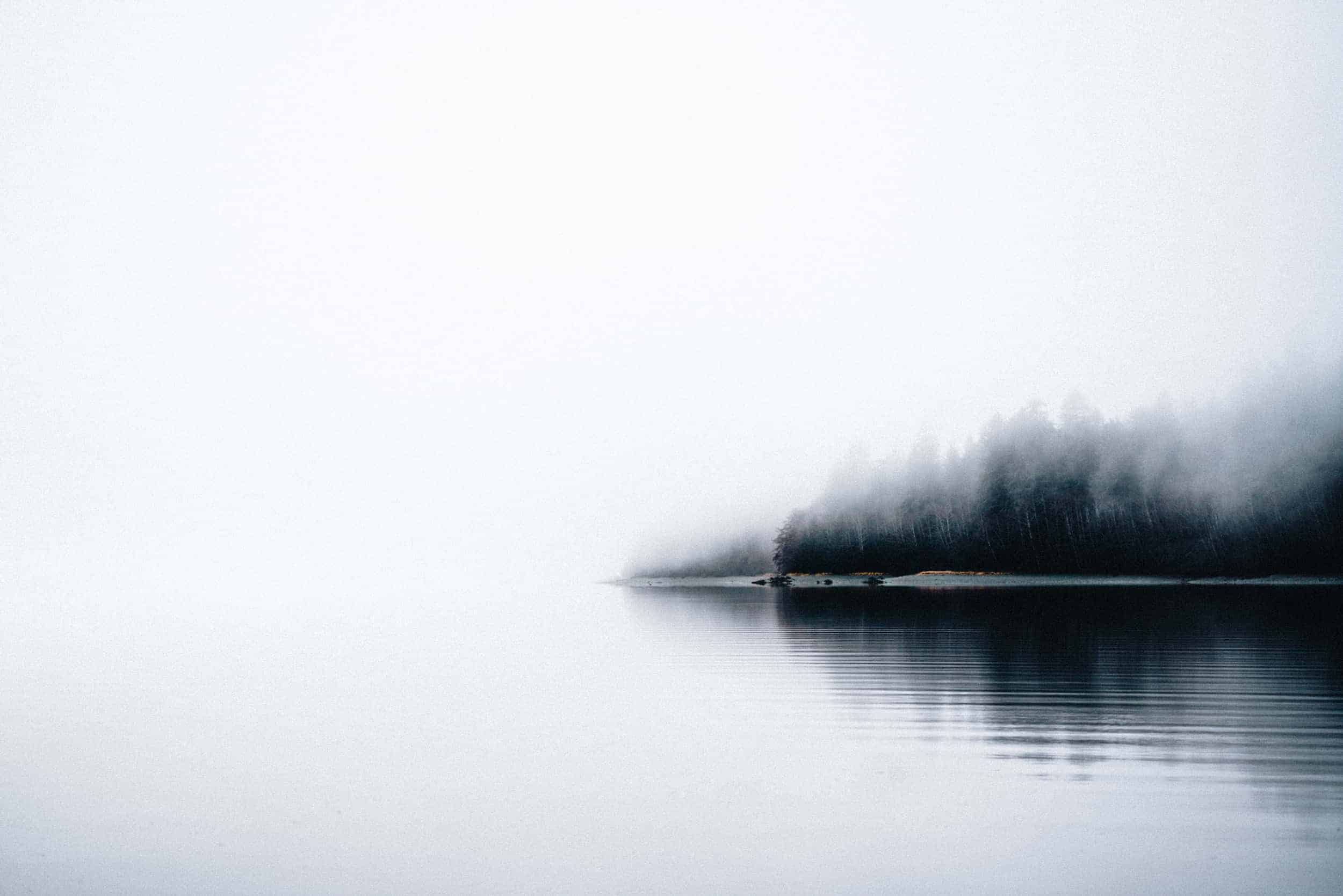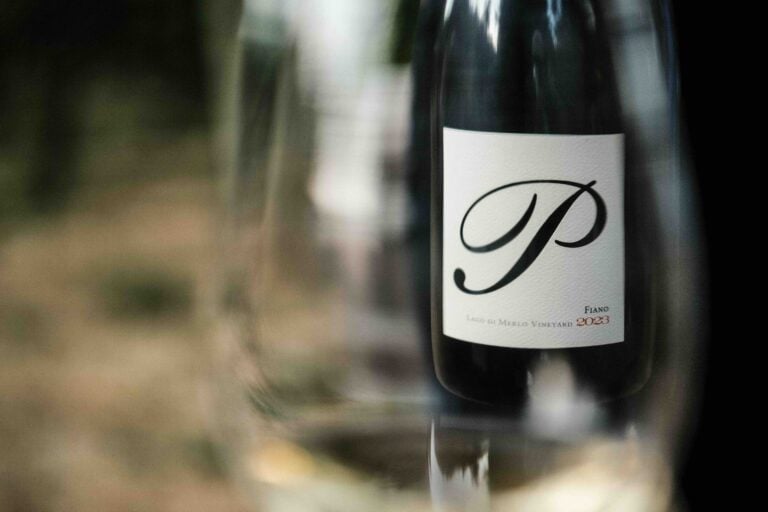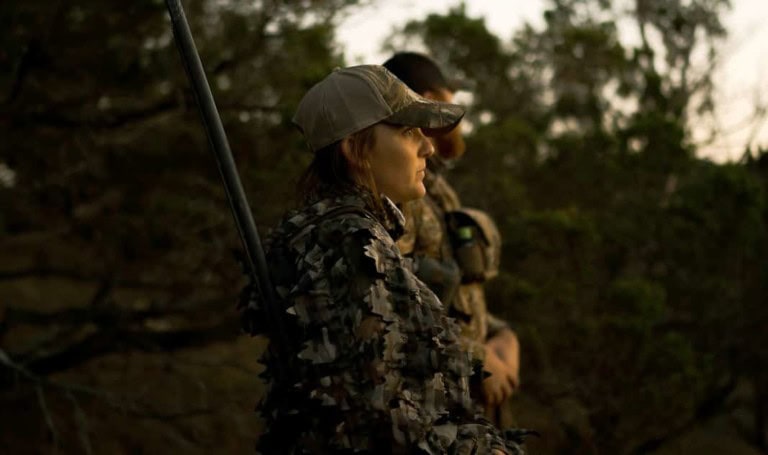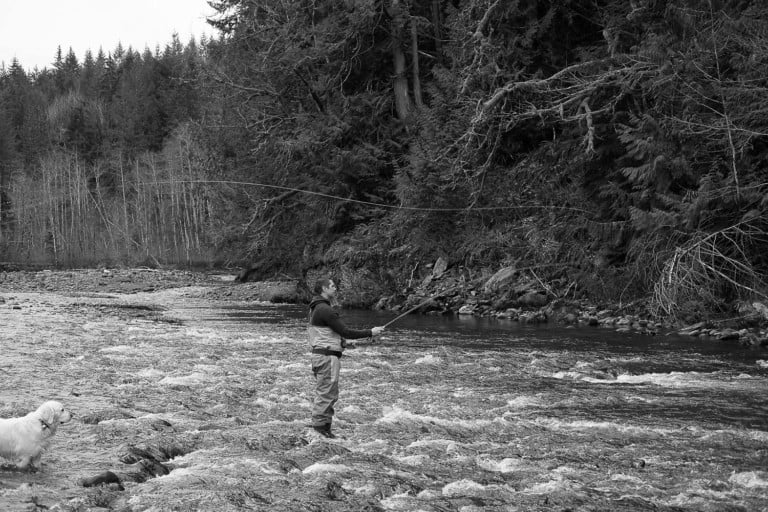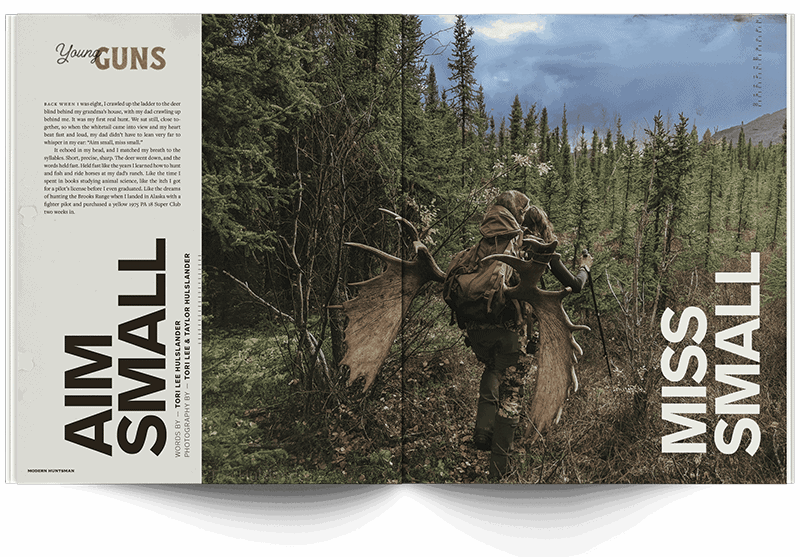In Southeast Alaska, we are isolated. All 32 communities spotted across the islands of the Inside Passage are accessible only by boat or plane. Sewn to one another and the lands that sustain us, the fabric of interdependence here is a rarity that breeds resilience. Whether Indigenous or newcomer; carpenter, fisherman, politician, land manager, artist, teacher or homeless; Southeast Alaskans share a common thread woven to the nuances of land and sea. For the Tlingit, Haida and Tsimshian people, the depth of that relationship extends over 10,000 years.
IN PURSUIT OF SEALS
Though you wouldn’t guess it at first glance, Robert Miller is a tailor. A literal giant — at 6’8” and nearly 300 lbs, he rivals the ancient spruce and hemlock trees that rise above our shore. In his day job as a fish biologist with the United States Forest Service, Rob helps to manage over 15,000 miles of salmon streams that pulse through the Tongass National Forest. He specializes in fish habitat enhancement, using dynamite and complex construction to stimulate wild salmon populations by increasing access to suitable spawning habitat.
Over the past eight years, I’ve watched Rob grow his side-hustle, Sea Fur Sewing, from humble beginnings into a prosperous business making hats, mittens, wallets and more out of Alaskan animal hides. What I’ve always loved about my enormous friend is the complexity of his character. He dons waders while working with the feds, camo on a moose hunt, and sweats while running his sewing machine. He’s Kiks.ádi Tlingit, an entrepreneur, and arguably, a fashion designer. As a family man, he spoils his daughter with gifts of impossibly soft sea otter fur.
Rob is passionate about using his business to introduce Tlingit culture to a wider audience, and so he eagerly accepted this opportunity to share the
